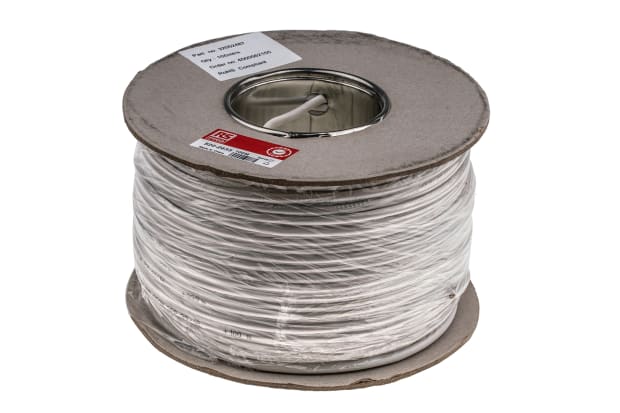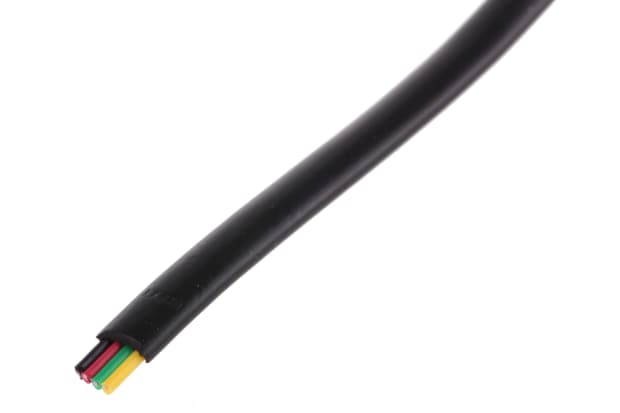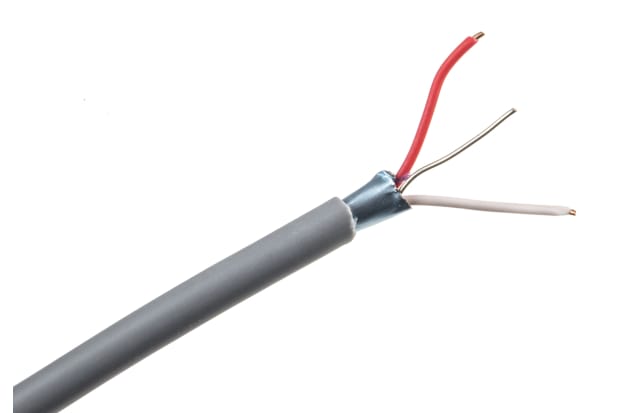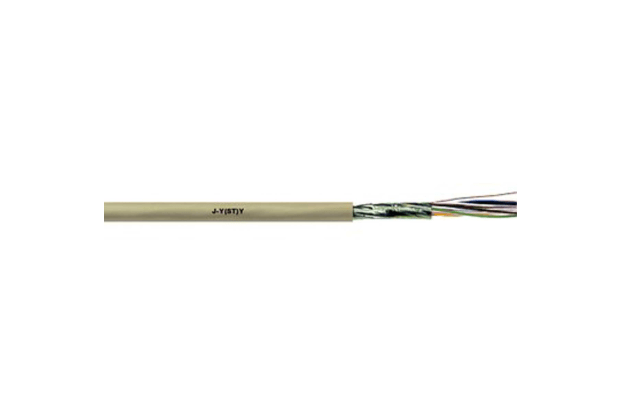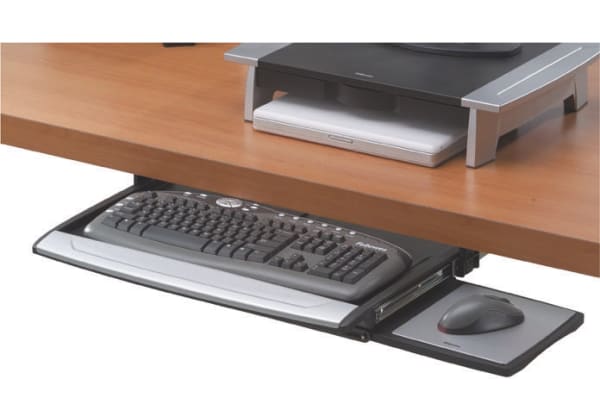- Published 17 Jan 2023
- Last Modified 29 Aug 2023
- 7 min
A Complete Guide to Telephone Cable
Our telephone cable guide explores its uses, cable and connector types, specifications, features and colour codes.

Reviewed by Jay Proctor, Technical Support Team Leader (November 2021)
Telephone cables connect circuits in a system. For example, they join landline telephones or PCs to telecommunications networks. They play a vital role in our interconnected world, transmitting both sound and data from location to location.
Telephone cable makes use of electrically conductive materials such as copper wiring to transmit data electromagnetically. The outer insulation is typically PVC (polyvinyl chloride) or polyethylene (PE). They are low-frequency devices, meaning that they operate below 300 kilohertz.
This guide offers a comprehensive introduction to telephone cables. Learn how they work, what they are used for and the different types available.
Telephone Cable Uses
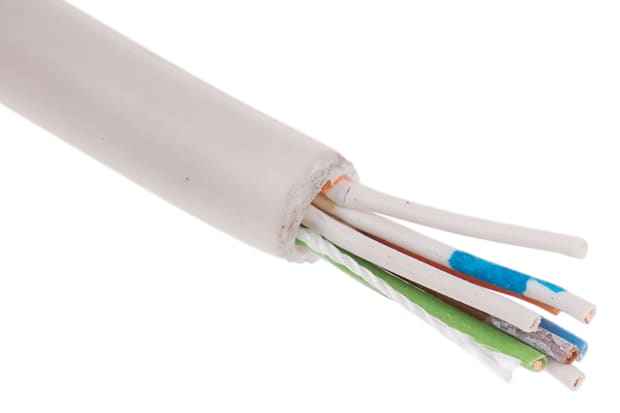
What is phone cable used for? You might think the answer is straightforward - telephones! Of course, they are central, but this type of cabling also has other uses. These include:
Digital Subscriber Line (DSL)
DSL is used to transmit data along telephone lines. It can be delivered alongside standard landline telephony because DSL operates at a higher frequency. The most common form of DSL is ADSL. This stands for asynchronous digital subscriber line, meaning the upload speed is slower than the download speed. ADSL is used to provide internet access to business and domestic consumers.
Wired Networking
Although wireless networking technology is now largely familiar, wired networking still has its place in office environments or locations where Wi-Fi reception is poor, for example. Ethernet cables, which provide high-speed data connections between PCs, are a modified form of telephone cabling with a high capacity RJ45 connector.
Ethernet cables are used to create LANs (Local Area Networks). You can even hook up an ethernet cable to a phone jack, provided that the modem is connected to a wall socket using an actual ethernet cable.
Telephone Cable Types
There are three broad types - internal, external, and internal/external. Telephone cabling designed for external use is thicker and designed to be weatherproof, while internal cabling is more flexible and can be used in a variety of locations. Internal/external cabling is the most versatile option and can be used both indoors and outdoors.
Two further distinctions can be made:
- Flat cords vs coiled cords. The former connects telephones to wall sockets while the latter is the familiar coiled cabling used to connect receivers to a landline handset. Coiled cable uses a separate connector to the main phone line, typically a smaller RJ9 or RJ22. It can be longer than it appears - for example, a one-foot length of coiled cabling might be six feet in length when uncoiled
- Straight cords vs reverse cords. The first type is principally used for data, while reverse cords are for voice services. Straight cords feature an exactly duplicated arrangement of wires to pin connections on either side of the cable, while in reverse cables, the order of connections is mirrored i.e. in reverse order on the second side
Other noteworthy types include:
- The RJ11 telephone cable is an international standard and the best option for connecting single telephone lines to single devices. It is used in domestic and commercial settings in the UK and around the world
- Overhead telephone cabling is used outdoors for voice, data and even TV signals. These heavy-duty cables are mounted on utility poles and are especially popular in North and South America
Telephone Cable Connector Types
When cables reach their destination, it is clearly vital that their connector is compatible with their intended socket or no connection can be made.
The two principal types of phone line connector are:
Registered Jack (RJ)
This is an international telecommunications standard based on a modular design. The widely used RJ11 cable and its larger siblings including the RJ14 and RJ25, all feature distinctive rectangular RJ phone connectors. They are typically made from transparent plastic, with a varying number of contact points, or pins.
The RJ11 is used to connect single line telephones, while the RJ14 and RJ25 are compatible with two and three telephone lines respectively. RJ11 connectors will either be 6P2C or 6P4C, meaning six maximum positions and either two or four conductors (contact pins). Two-pin phone cords can connect a single telephone line. The RJ12 is a more recent variation of the RJ11 with six conductors. It is backwards compatible with the RJ1.
British Standard (BS) 6312
This is a rival standard to the RJ originally introduced by BT in 1981. It combines square junction and extension boxes which grip cable firmly with flat, rectangular BT phone connectors featuring a side hook to prevent accidental disconnection. The latter come in two varieties - the 431A and 631A. The former has four connection pins and the latter six. A variation with just two pins was previously commonplace with modem leads before Wi-Fi became mainstream.
Telephone extension kits combine cable, sockets, and connectors to allow the easy installation of additional landline handsets in different rooms or parts of a property.
Adaptor cables for connecting BT to RJ sockets feature the different connectors at either end.
Both RJ and BS6312 cable boxes may feature a splitter, dividing a line into voice and data connections for increased speed and minimal interference.
BT Specification
Here in the UK, BT has established a number of commonly used telephone cable specifications. These are known as the CW1308 standard.
Cables made to the BT specification typically feature paired 0.5mm insulated copper conductors, but the number can vary hugely, from as little as 2 to as many as 200. The insulating sheath is normally PVC, but you may also see:
- LSF (low smoke and fume). This refers to the insulation’s resistance to fire. Conventional PVC emits thick black smoke and hazardous (Halogens) fumes when it burns or is exposed to high temperatures and this can interfere with attempts to escape in the early stages of a fire. LSF has been formulated to do neither
- LSOH or LSZH (low smoke zero halogen). Hydrogen chloride - a halogen, or salt-producing chemical element - is another dangerous gas emitted by some types of PVC when it burns or melts. It can cause breathing difficulties and lung damage if inhaled or skin burns if touched. If mixed with water it will form hydrochloric acid. LSOH insulation will emit neither fumes nor halogen in the event of a fire
A variation of the standard, the CW1308B, has reinforced insulation for use both outdoors and indoors. This resists not only weather but also UV (ultraviolet) light.
The CW1128 is an additional BT telephone cable specification. This is designed solely for outdoor use, with reinforced armoured models suitable for use below ground.
What Do 'Pairs' Mean in Telephone Cables?
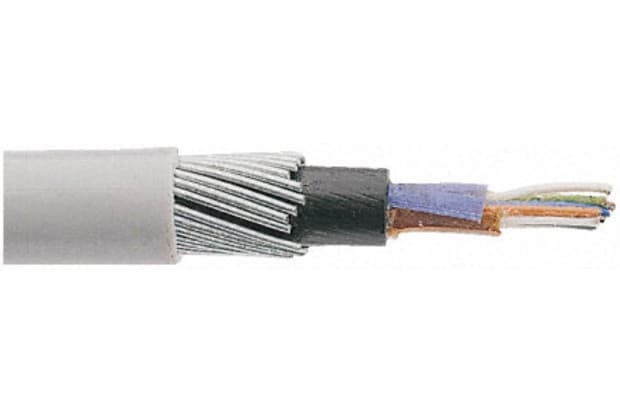
Every conductor within this kind of cable is twisted together with another in an insulated, colour-coded unit. These in turn are then grouped with other pairs within a cable, a process called stranding. So, the difference between a two pair and four pair external telephone cable is straightforward - the former contains two sets of two conductors, and the latter four sets.
Similarly, a three-pair external cable contains three pairs of two conductors - six in total, while a ten pair cable will contain twenty individual conductors.
This twisting is conducted to reduce interference (crosstalk) and induction (the formation of excess electrical current) between individual conductors. Both strands in each pair are required in the telephone socket, but commonly communications equipment requires several connections, so telephone cable usually contains multiple paired conductors. Some connections include extra, unneeded pairs to allow additional telephone lines to be added.
Number of Cores
The term core refers to the individual conductors within a cable, each of which transmits different forms of data. In telephone cables, they are typically made from copper wire, with a diameter from 0.3 to 0.9mm, and an insulating PVC or PE jacket about half as wide again. However, aluminium and aluminium alloys are now gaining popularity. These are generally twice as large. Telephone cables may contain multiple cores, each twisted into pairs.
Common telephone sizes include:
- Two cores, one pair
- Four cores, two pairs
- Six cores, three pairs
- Eight cores, four pairs
- Ten cores, five pairs
Telephone Cable Colour Code
In addition to the specifications discussed above, UK telecoms giant BT devised a now-standard colour code for use with six-connection telephone sockets:
Connection | Cable Colour | Function |
|---|---|---|
| 2 | Blue | Dial tone, speech |
| 3 | Brown | Activates extension phones on the same circuit |
| 5 | Orange | Dial tone, speech |
Connections 1, 4 and 6 are not normally connected.
An older version of this code is sometimes still encountered by electricians. These can be swapped to the new colours when rewiring is needed. The older colour code is:
Connection | Cable Colour | Function |
|---|---|---|
| 2 | Blue with white bands | Dial tone, speech |
| 3 | Orange with white bands | Activates extension phones on the same circuit |
| 5 | White with blue bands | Dial tone, speech |
RJ11 cables combine two pairs of colour coded wire - green and red, plus black and yellow. These are attached to a modular telephone jack. They use the RJ telecoms connection standard.
Telephone Cable Suppliers
RS Pro
With a wide range of different options available, shop telephone cable from RS Pro, our in-house brand.
Decelect Forgos
Decelect Forgos is a French manufacturer of connectivity equipment. Browse the full range of telephone cable with RS.
CAE Groupe
Based in France, CAE Groupe is a manufacturer of cabling and communications equipment including high-quality, reliable telephone cable.
Lapp
Leading brand Lapp is a worldwide producer of top-quality cabling equipment and accessories. Shop the full range online with RS.
Related Guides
Related links
- Telephone Cable
- Phone Line Testers
- RS PRO Female RJ11 to Male BT431A Telephone Extension Cable 3m
- RS PRO Male RJ11 to Male RJ11 Telephone Extension Cable 3m
- Phone Accessories
- RS PRO Male BT to Female BT 6 Core 28AWG Telephone Cable 5m
- RS PRO Male RJ11 to Male BT Telephone Extension Cable 3m
- Telephone cable 3m, black
